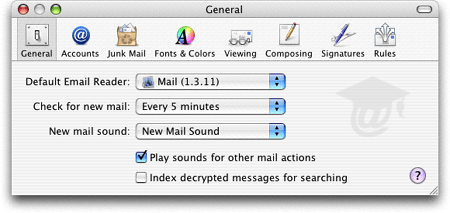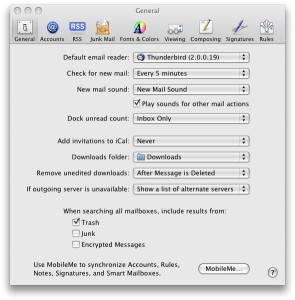

If it does, then re-enable your extensions one at a time so you can identify which one is causing your problem. If you are using any third-party Mail extensions and you’re having problems using the app, it’s a really good idea to disable your extensions and relaunch the application. You should repeat the process for each of your troublesome accounts. If it is unchecked, check it and relaunch Mail if it's checked, then uncheck it, quit and relaunch Mail, reenable it and then quit and relaunch Mail once again.Look at the list and at the top of the list you’ll see the ‘Automatically detect and maintain account settings’ tick box.

If one of your accounts seems to be misbehaving (it may not be sending email, seem inactive or in other ways seem faulty), launch Mail Preferences and select the account in the Accounts tab, then click on the ‘Advanced’ tab. This fix seemed to help when OS 10.10.4 shipped earlier this year, so it seems worth trying in OS X El Capitan.
#OS X MAIL DEFAULT ACCOUNT PATCH#
If you’ve been suffering problems using Outlook with El Capitan, then you should download the latest software patch released by Microsoft last week. You can also explore some of Mail's hardest to find controls in this article here.


 0 kommentar(er)
0 kommentar(er)
